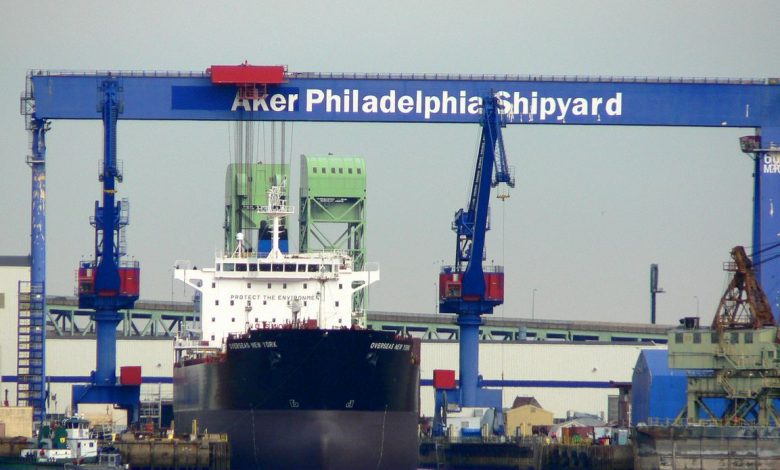American shipyards hit out at critics of the Jones Act

American shipyards yesterday issued a fierce rebuttal of repeated links between the Jones Act and the sinking of the 40-year-old El Faro containership at the beginning of October.
“To imply that vessels that do not have to comply with rigorous US safety standards are safe than those that do defies common sense,” said Matthew Paxton, president of the Shipbuilders’ Council of America (SCA). “To try and connect a law that works to protect our economic and national security to this tragedy, particularly during a period when our industry family is mourning such a loss is not only incorrect, but shameful.”
The association hit out at what it said were “unfounded claims” purporting a “casual link” between the Jones Act and the loss of the El Faro. The Jones Act demands ships operating between two US ports be US built, something that is extraordinarily expensive. Just last month, for instance, it was revealed that four Jones Act 50,000 dwt product carriers were priced at a staggering $150m each.
Despite the SCA’s claims, it is fact that the Jones Act has come under severe scrutiny in the days since the El Faro sinking.
Whether or not the regulation, which was promulgated 95 years ago, is still fit for purpose forms one of eight topical questions in our latest survey. MarPoll, the regular online survey, carried by sister title Maritime CEO takes two minutes to fill in and there is no registration required. Other topics this time include containership sizes, cyber crime, the Nicaragua Canal and the environment. Readers can access the poll by clicking here.

By every possible measurement, the U.S. maritime industry has been in a long, ignominious decline. In 1946, there were more than 2,300 American cargo ships carrying nearly half of all imports and exports involving the U.S. Forty-five years later, there were only 360 such vessels in service. By 2000, there were only 250, hauling only three percent of American imports and exports. And in 2007, the U.S. ocean-going fleet was down to less than 200. Nor was this drop accompanied by a decline in international trade; quite the opposite.
As for preserving those essential maritime jobs? The Jones Act battles in Congress during the ’90s demonstrated that the act hadn’t managed to prevent 40,000 longshoremen and 40,000 merchant seamen from losing their jobs. Nor were the shipyard workers immune; more than 60 American shipyards had gone out of business (with another 200,000 jobs lost).
Well said – I wonder if you fancied making the above into a Contribution to our site, Splash — we could run it this week.